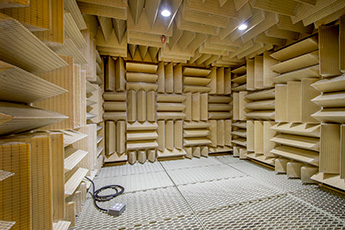You probably heard about work led by Tel Aviv University in Israel. A team there found a fossilized portion of a human upper jaw that dates back to somewhere around 177,000 to 194,000 years old. The most interesting part is that it is so old, it seems to indicate the evolution of Homo sapiens actually occurred 100,000 to 200,000 years earlier than originally known. It just goes to show you that no matter what you think you know, things keep changing, so you need to keep learning.
Accordingly, no matter the age of the bankers you know, the same holds true in this industry too. For example, it used to be that bank owners could substantially trim tax bills by operating as a Subchapter S corporation.
The new tax reform law changes that for Subchapter S (Sub S) and other pass-through businesses. The final law allows pass-through businesses to deduct up to 20% of qualified business income, but that also depends on some things. One key issue that is a really big deal is that the deductions for Sub S corporations that are employee driven businesses are dependent on payroll. Essentially, it rewards companies that have a lot of employees by providing an incentive to hire new employees.
As of September 20, 2017, around 33% of US banks were Sub S corporations, the vast majority with less than $1B in assets. These management teams are busy figuring out whether it makes sense under the new tax law to stay or change. If not, they'll need to shed that status before the federal deadline of March 15.
Some analysts say the new tax law may be better for C corporations than for Sub S corporations, in part because of the widening tax rates between the two. Before the new law, Sub S corporations were generally taxed at 39.6%, while C corporations were taxed at 35.0%: a difference of 4.6%. Under the new law, C corporations will pay 21.0%, but Sub S corporations will be taxed at 29.6%: a gap of 8.6%, or nearly double.
On the plus side, the recently passed regulations do contain a special deduction against qualified business income that could apply to investors in S corporations. However, the $10,000 individual limit on deductions of state and local taxes will also apply to Sub S corporations' investors, but not to C corporations. It's easy to see why some banks wonder if the tax flow-through is still worth having (although as with all things tax related, the problem isn't that easy either).
For some banks, keeping Sub S status is the right call. A community bank in NC states that it has no plans to convert back to C corporate status after transitioning to Sub S corporate a year ago. It sees the tax bill as a positive change overall, and plans to stay independent and pay greater distributions to shareholders.
Other banks will have to carefully consider the corporate structure that fits their market and priorities. At the very least, this is a good opportunity for banks to re-examine their corporate status and ensure that it is in keeping with current goals.




